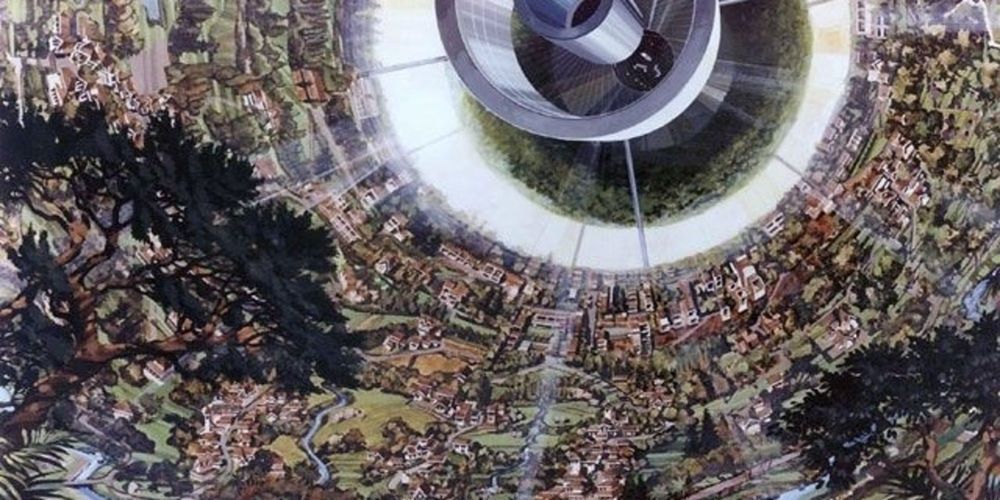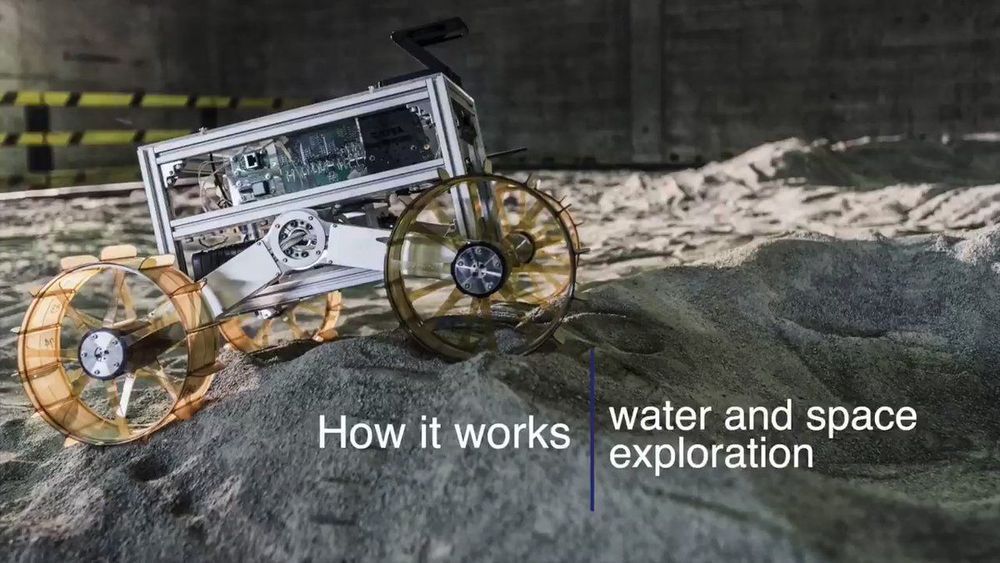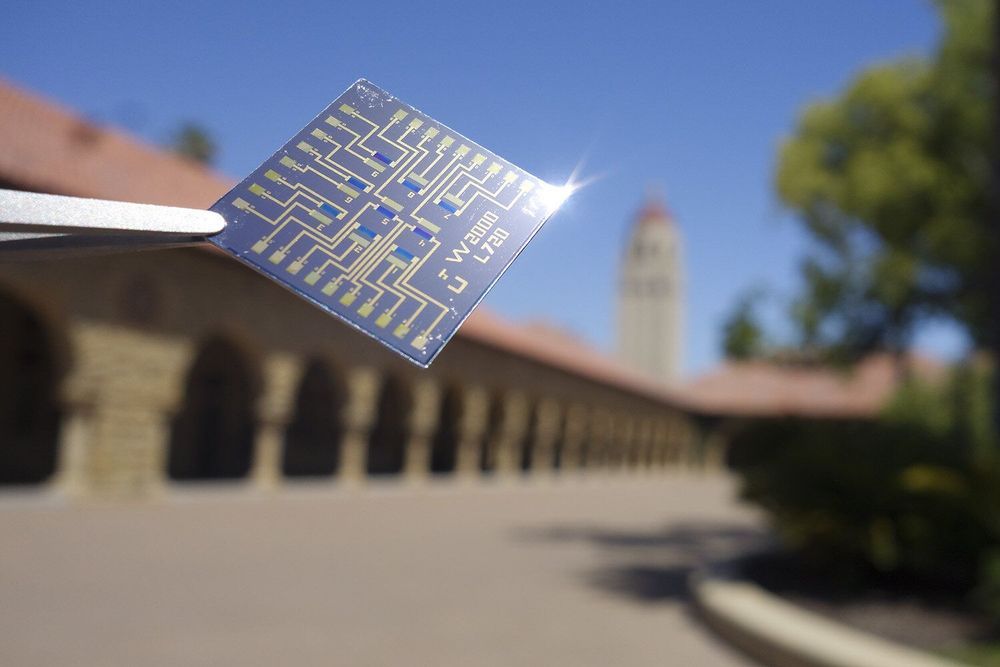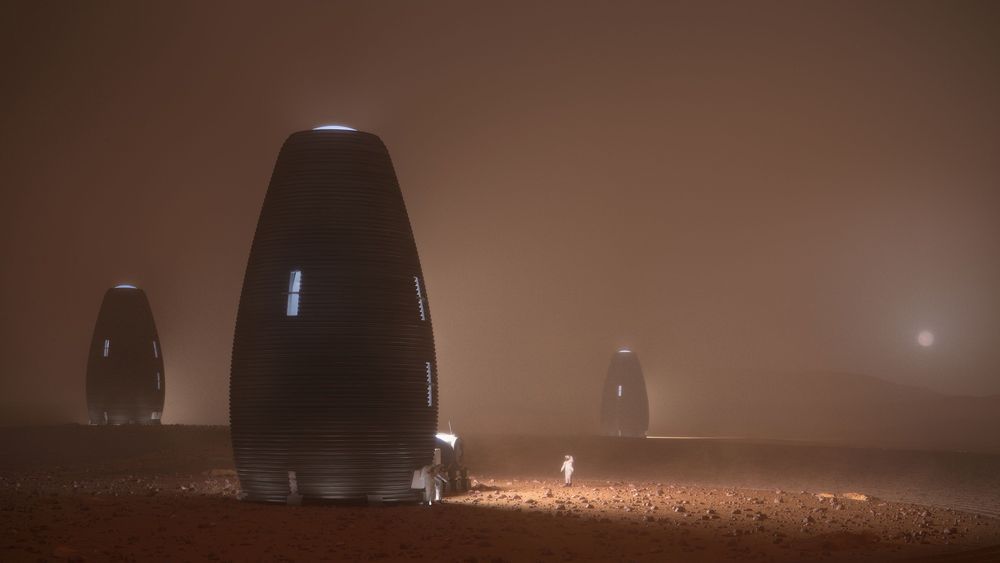What do the inventions of the future look like?
A recent study has suggested that A.Ceratii, a parasite that feeds on small life forms, including the ones that form algal blooms, contains mitochondria that have no mitochondrial DNA, and at least some of this DNA is found in the parasite’s own genetic code. However, a few genes found in humans are missing and replaced with alternatives [1].
What are mitochondria?
Mitochondria, commonly referred to as the “powerhouses of the cell”, are essentially tiny chemical factories in our cells that turn fats and sugars into adenosine triphosphate (ATP), a form of chemical energy. One reason we need to breathe oxygen to live is to keep our mitochondria running.
A documentary by Eric Merola
Burzynski: The Cancer Cure Cover-up is the story of a pioneering biochemist who discovered a unique and proprietary method of successfully treating most cancers. This documentary takes the audience on a near 50-year journey both Dr. Burzynski and his patients have been enduring in order to obtain FDA-approved clinical trials of Antineoplastons. Defying the face of skepticism, legal attacks from state and federal agencies, and a powerful propaganda campaign to stop Burzynski – this doctor and his patients are still going strong.
Due to the continued failed efforts of state and federal agencies in their attempts to stop Burzynski from continuing to treat patients and expand his research, special interest groups have since launched a relentless propaganda campaign against Dr. Burzynski, and his supporters and patients, in hopes that this game-changing innovation never reach the open market.
The primary reason that the cancer industry and its regulatory agencies fear the approval of Antineoplastons is purely economical.
Scientists find surprising way to affect information storage properties in metal alloy.
Sometimes scientific discoveries can be found along well-trodden paths. That proved the case for a cobalt-iron alloy material commonly found in hard disk drives.
As reported in a recent issue of Physical Review Letters, researchers from the U.S. Department of Energy’s (DOE) Argonne National Laboratory, along with Oakland University in Michigan and Fudan University in China, have found a surprising quantum effect in this alloy.
The first laser radio transmitter
Posted in internet
Find out in this 1:30 min video from one of #Luxembourg’s prominent space #startups.
https://twitter.com/LuxSpaceAgency/status/1121414150574489600
The brain’s capacity for simultaneously learning and memorizing large amounts of information while requiring little energy has inspired an entire field to pursue brain-like – or neuromorphic – computers. Researchers at Stanford University and Sandia National Laboratories previously developed one portion of such a computer: a device that acts as an artificial synapse, mimicking the way neurons communicate in the brain.
In a paper published online by the journal Science on April 25, the team reports that a prototype array of nine of these devices performed even better than expected in processing speed, energy efficiency, reproducibility and durability.
Looking forward, the team members want to combine their artificial synapse with traditional electronics, which they hope could be a step toward supporting artificially intelligent learning on small devices.









